
The Angels of Easterseals Fashion Show
The Angels of Easterseals
42nd Annual Spring Fashion Show and Luncheon
Thursday, May 9, 2019 held at Mr. Anthony’s Banquet Center
Social Hour 10:00 AM
Luncheon 11:30 AM
Tickets are $40 each
Reservations must be received before May 2, 2019
Click here to make your reservation
All proceeds from the Angels of Easterseals benefit the Programs at Easterseals
Get Involved
Our blog
-
Empowering Inclusion: Easterseals Colorado’s Support for Disabled Individuals in the Workforce
Tuesday, November 12, 2024, 11:54 AMEmpowering Inclusion: Easterseals Colorado’s Support for Disabled Individuals in the Workforce
Tuesday, November 12, 2024, 11:54 AM
By Grant Stoner Last month, disabled individuals celebrated National Disability Employment Awareness…
Read this PostBy Grant Stoner
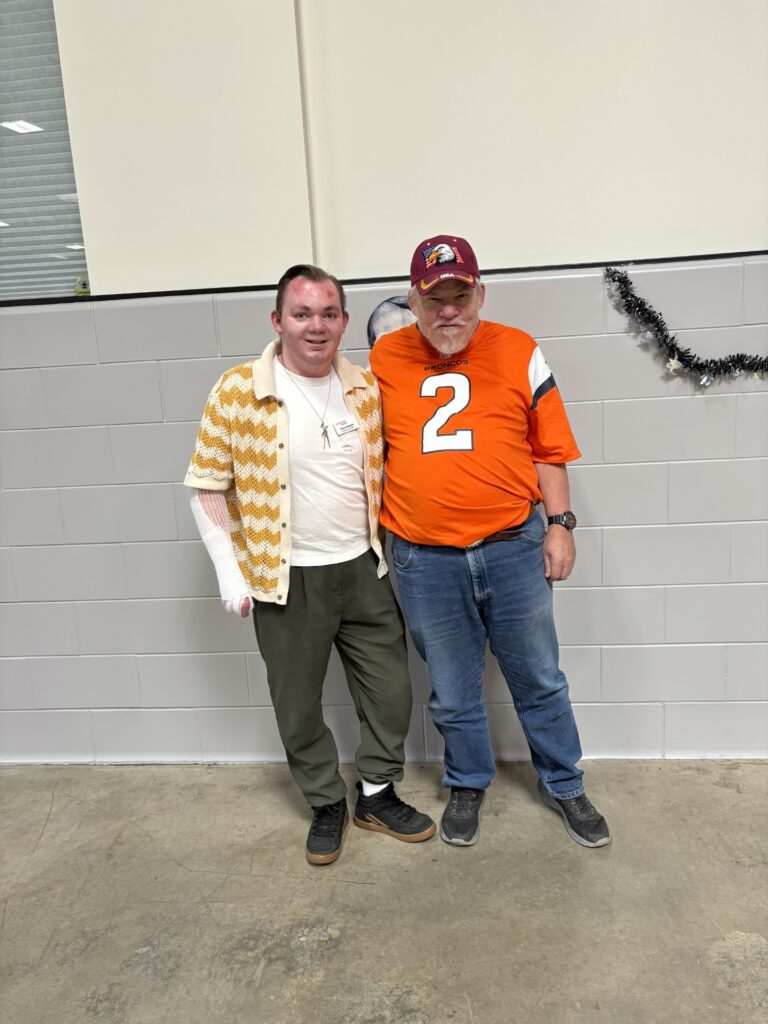
Henry (left) and an employment participant. Photo provided by Easterseals Colorado
Last month, disabled individuals celebrated National Disability Employment Awareness Month (NDEAM), a time to raise awareness about the importance of workplace acceptance for disabled individuals. From freelancing to full-time work, every person deserves equal access to a welcoming and safe work environment.
For disabled people, entering the workforce can be a daunting task. Self-advocating for necessary accommodations, not exceeding income limits for those on state or federal services, and even finding jobs that offer remote opportunities are just some of the barriers that are regularly encountered. Employment Specialist Henry DeAngelis of Easterseals Colorado understands the challenges that disabled people face, especially as many seek employment for the first time. Speaking with our Easterseals blog, DeAngelis explores the work he performs at Easterseals Colorado, and even shares some success stories from some of his clients.
The Right to Work
Seeking employment is intrinsic to both nondisabled and disabled people. Working a job is necessary to make a living, provide meaningful community connections, and even help to learn new skills for future opportunities. And for DeAngelis, assisting the disabled people of Colorado is important to normalizing and embracing disabled individuals and accessibility within jobs.
“My main job is to be the liaison between the clients and the employer,” DeAngelis said. “So, making sure that that relationship is going smoothly, and mainly my job is to help work through any issues that arise. Whether this is as simple as making sure the client knows what their schedule is, and when they are expected to show up and where, whether it may be helping them request a day off or vacation time, or sometimes larger issues if a task isn’t done right.”
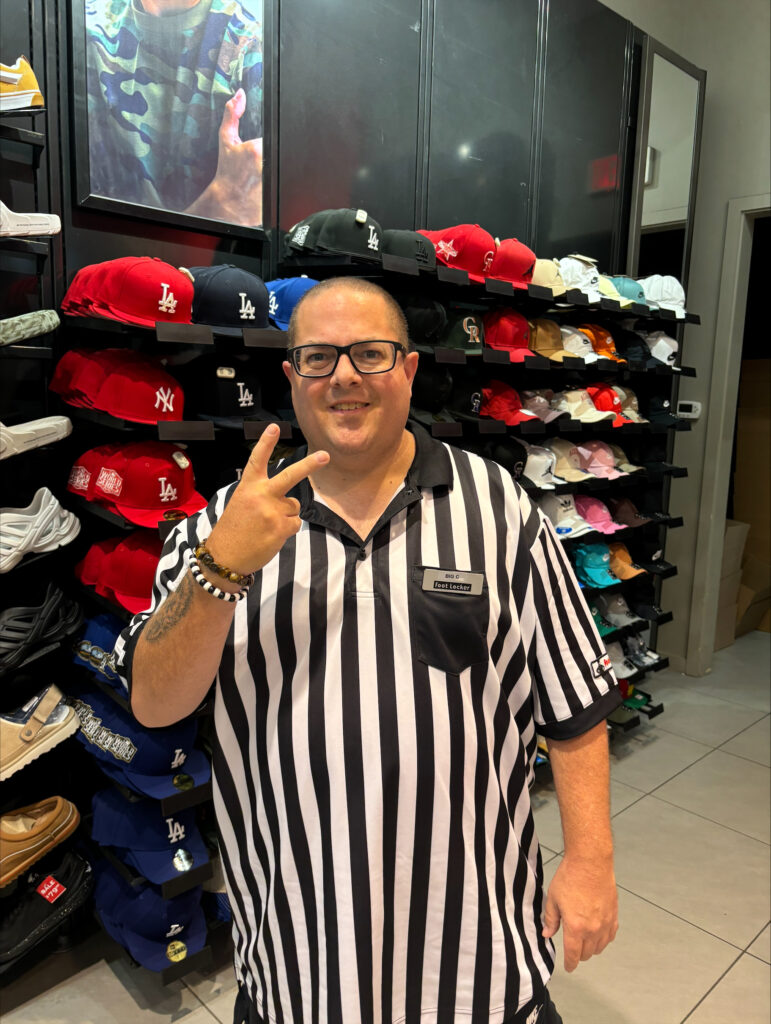
Photo provided by Easterseals Colorado.
Beyond these goals, DeAngelis also assists disabled individuals in adapting to new work tasks or routines as their employer changes over time. Part of this involves teaching digital literacy, an important tool in an ever-evolving digital landscape. According to DeAngelis, statistics indicate that approximately 90% of jobs in the workforce require some form of technological understanding. And for disabled individuals that either lack appropriate digital tools or the knowledge to operate them, DeAngelis and the Easterseals Colorado team provide a safe environment to learn or retrain digital skills.
“We’ve been developing [the digital literacy training program] for a few years,” he said. “A lot of what people might think of as the basics of being able to clock in and clock out. If there’s any type of training that needs to be done, like logging into websites with the account, clicking through the training, making sure everything goes smoothly.”
Digital literacy is especially important for disabled youth. As classrooms adopt digital lessons, especially in the aftermath of the COVID-19 pandemic, DeAngelis, through Job Exploration and Transition Training (JETT), teaches disabled children how to operate programs like Word, Excel, PowerPoint, and even helps clients create and understand digital resumes that they can share with prospective employers. Thankfully, Easterseals Colorado is not alone with these efforts. DeAngelis explains that there is currently a national partnership with technology company IBM to provide courses to clients that allow them to stay current with their knowledge, while simultaneously providing certificates of completion, thus bolstering resumes.
“Right now, [IBM] has a big course on AI and just understanding it,” he said. “AI hasn’t fully integrated into work yet, but a lot of companies are experimenting with it, seeing where it might be useful, finding out where it maybe isn’t. It’s something that we must keep our eyes on and see where the trends are going so that we can make sure to help our clients stay caught up.”
Success Stories
DeAngelis’ goal is to ensure that clients can successfully enter and stay within the workforce, regardless of their chosen occupation. Not only does each client enjoy their work at their respective jobs, but they also help to normalize disabled people in the workforce. And for DeAngelis, each disabled individual placed within a company or business is a fantastic reward for every party involved.
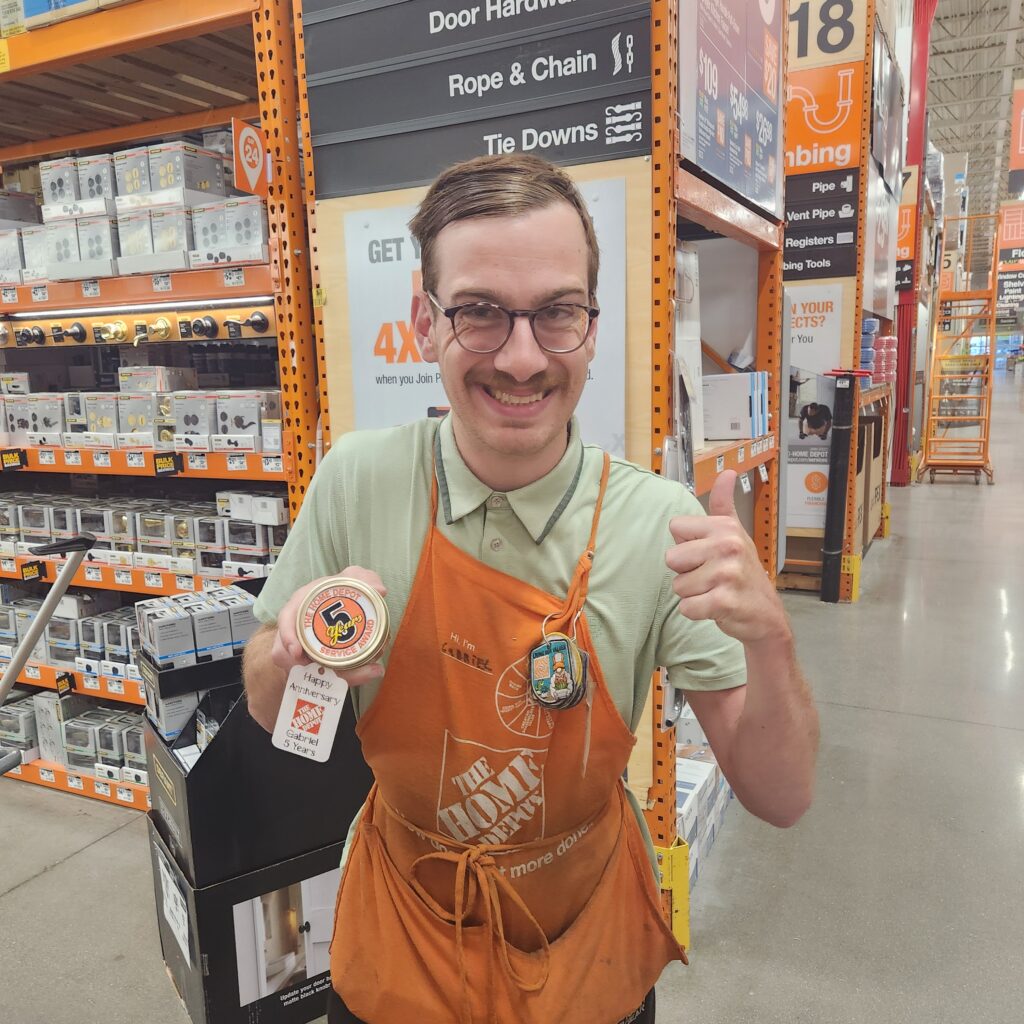
Photo provided by Easterseals Colorado.
“Success stories are the best part of the job,” he said. “That reward of seeing a client be successful, be happy, and obtain their goals, there is no better feeling. It makes me so excited and happy to go to work every day and help clients reach their goals, push toward their goals, and even discover what their goals might be.”
DeAngelis notes that one client is ready to transition to a full-time career. Through the help of Easterseals Colorado, and several years of preparing for this moment, the client, as well as his current company, agreed to a full-time position. But each story of success does not end with a full-time job. Rather, DeAngelis’ job is to help disabled individuals embrace their needs and recognize when they require assistance.
“One of our clients, for many years, had been working two days a week,” he said. “In the past couple months, I noticed he had a lot of extra strain and stress. I had a conversation with him and his team, and I said, ‘I know how much your job means to you. Walking around the store with you is like walking down a red carpet with all the high-fives from regular customers and coworkers.’ It’s a real point of pride and identity for this client.”
The solution was to take the client from two shifts to one. DeAngelis explains that his energy levels returned, he is still able to interact with his community, and remain employed. This story also demonstrates the importance of advocating for accommodations within the workspace. If the client did not recognize this need, they would have experienced burnout, and possibly had to leave their job.
Finding a job is already an immense challenge. And for disabled individuals, the numerous barriers that often accompany job searching, and employment overall, can be overwhelming. For DeAngelis and the team at Easterseals Colorado, these barriers can be dismantled to provide fulfilling employment opportunities.
“In this go, go, go world, where everything needs to be, or seems to be, needing a snap judgment and decision, [we really need to] remember that we’re all human, we’re all doing our best, and we all have something to give back,” he said. “Our clients want to give back.”
Visit the Easterseals Colorado website to learn more about their services. Thank you to Henry DeAngelis for providing an interview.
-
My Mental Health and Me: My Journey to Finding Words Again
Monday, November 4, 2024, 2:38 PM
By Keah Brown My journey as a writer began when I was eight years old. I sat on a twin-sized bed in …
Read this Post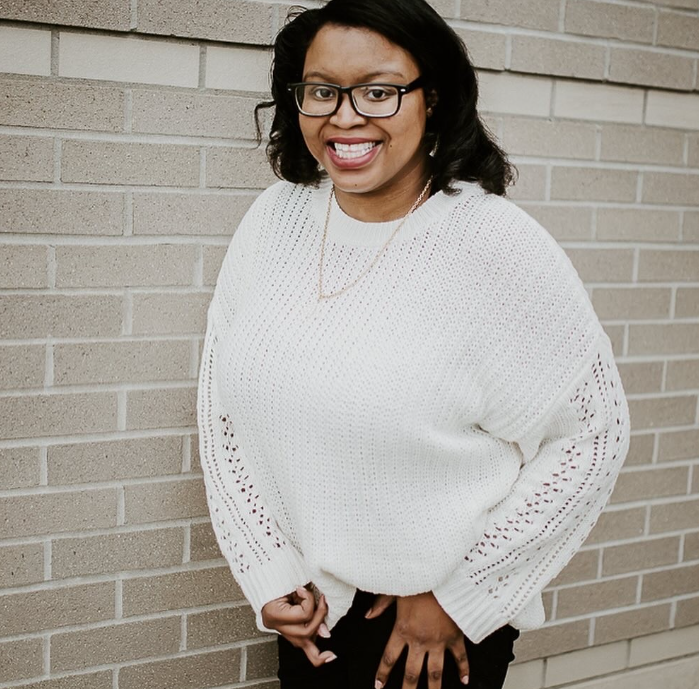
Photo of Keah by Grayley’s Moon.
By Keah Brown
My journey as a writer began when I was eight years old. I sat on a twin-sized bed in my room curled up with a green college-ruled notebook whose cover read, “Keep Out! Property of Keah Brown.” The contents ranged from poetry to songs and short stories — poorly written, I must admit, but necessary for my growth nevertheless. Inside this notebook were hopes and dreams I remain eager to fulfil and see come to fruition. I let every emotion, feeling, and thought I had onto the page. The notebook was half diary, half creativity, and when inspiration struck, there it was under my white antique dresser, the best hiding spot I could think of, waiting for me. My love for the written word came early because my love for books and reading began early. In fact, one of my fondest memories of my childhood was reading the romance novels my aunt took out from the library when she was done reading them. I fell into the worlds of Sidney Sheldon, Nora Roberts, James Patterson, and Jude Deveraux long before I understood the entirety of what I was reading. In their worlds, the adventures were my respite, the chance to focus on the worries, realities, and experiences of others while pretending my own did not exist.
I was an anxious child, in secret of course, always worrying about which person I loved, I would lose. I began spending my nights pleading with the universe to keep them safe, happy, and alive. On top of the worry surrounding losing my loved ones, I began to worry about what I believed was my inherent role as a burden to my family and friends because of my cerebral palsy. Disabled people are taught by society at large that our needs, however wide-ranging they might be, are enough to warrant a resentment that can lead to mistreatment and sometimes, in most horrific cases, death. So I did my best to make myself small. At night, I begged God to make me “normal” and, despite the unyielding love from my family and friends, I began to hate myself and resent that my prayers for normalcy were going unanswered. I was an anxious child who became an anxious adult who glommed onto the idea that my body made me unlovable — and ran with it. My first published pieces as a writer basked in my resentment and discomfort for my body, waxing poetic about how hard life was as a disabled person. I started therapy not long after (thank God) and realized what a disservice I had done to and for myself and the community.
Alongside therapy and saying four things that I like about myself, I began to love myself and my life changed. I started believing more was possible for me and listening when my loved ones told me that I was not a burden, and anyone who treated me as such was not worth my time or energy.
After a viral hashtag and three books, I find myself unable to create. As a person who learned to traffic in hope and who has always had a special connection with the written word, the fact that I am unable to get past the ideas stage is more than disheartening. There is nothing like seeing the thing that you have created in stores and knowing it will find a home with readers who need it. I miss that.
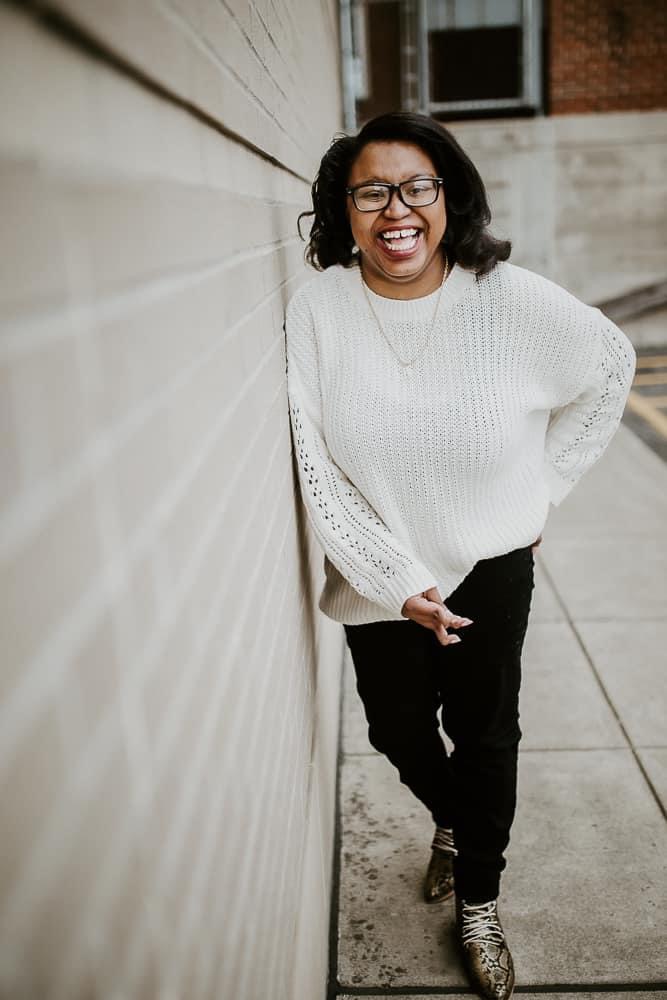
Photo of Keah by Greyley’s Moon.
The truth is, I don’t know who I am without writing and I don’t want to. When someone reaches a level of visibility that three published books provide, despite the fact that they aren’t award-winning, I think there is a consensus that life is great, and my issues are few and far between. However, that couldn’t be further from the truth. I am well aware that living through an ongoing pandemic, climate change, and a world on fire — personally and culturally — has something to do with it, but now, when I look at a blank document, my anxiety spikes instead of the usual rush of adrenaline.
At the tail end of last year, after I was done promoting the publication of The Secret Summer Promise, my third book, I spent my days in bed crying and unable to get up. In the off chance that I did find my way back to my laptop, I spent it letting tears line my keyboard in place of words. I was withering away. The once vibrant, eager, boisterous version of me was now the depressed, exhausted, lonely reality of me. After years of pretending to be fine and trying to push through, I knew then, after months of trying to make a middle-grade novel work, that I needed more help than monthly therapy sessions could provide. With shaking hands and a tear-riddled voice, I went to my primary care physician and told her I needed to be put on depression and anxiety meds. They were not the easy fix I was hoping for. At almost eleven months into the year, I’ve adjusted the brand name and milligram of my med a few times. I just now feel like I can function and have started dipping my toes into writing poetry again. I don’t believe that everything is better now, but I trust myself enough to be honest about what I need so that I can show up long enough to attempt to create another long piece of work. Writing books has been my dream since I was eight years old. My name has been on a book spine three times, and my hope is to write one million more books across genre and about messy, complicated, but lovable characters who are just trying to figure themselves out and where they belong in the world. In order to do that, though, I have to take care of myself and my wellbeing so that I can show up for the stories I have always been so eager to tell.
Keah Brown is a writer, journalist, and disability rights advocate known for her impactful work on the intersection of disability, race, and self-love. As the creator of the viral hashtag #DisabledAndCute, Brown promotes body positivity and self-acceptance for disabled people. Her works include The Pretty One, The Secret Summer Promise, and Sam’s Super Seats.
-
Advice for Freelance Writers From an Award-Winning Disabled Games Journalist
Thursday, October 31, 2024, 10:58 AMAdvice for Freelance Writers From an Award-Winning Disabled Games Journalist
Thursday, October 31, 2024, 10:58 AM
By Grant Stoner October marks National Disability Employment Awareness Month (NDEAM), a time to high…
Read this Post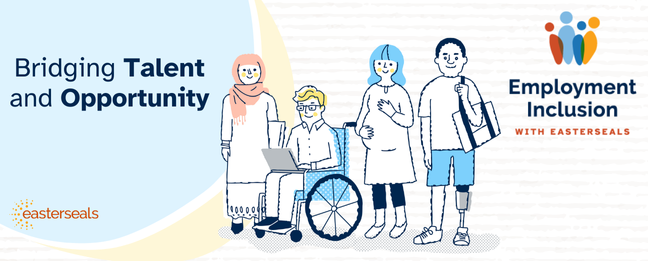 By Grant Stoner
By Grant StonerOctober marks National Disability Employment Awareness Month (NDEAM), a time to highlight the importance of equal opportunities within the workforce for disabled individuals. This year’s theme, “Access to Good Jobs for All,” reinforces the narrative that everybody is deserving of a well-paying job. And for disabled Americans still fighting for issues like marriage equality, financial security, and accessible spaces, it’s a step in the right direction for the government to acknowledge this aspect of the disabled experience.
For me, NDEAM allows me to reflect on my career as an accessibility reporter in the gaming industry. While I have yet to acquire a full-time job, my work as a freelancer has offered me numerous opportunities to earn money for things like savings, important life events, and even fun treats for friends and family. With my five years of experience, I wanted to share some tips for those interested in becoming a gaming journalist, more specifically, a disabled gaming journalist.
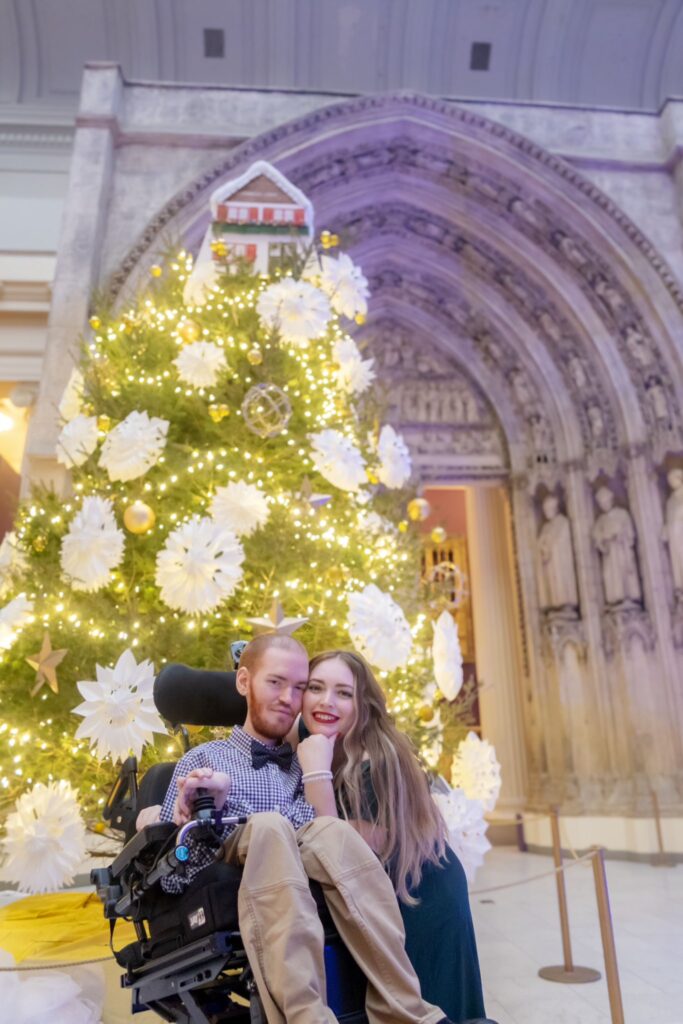
Grant and his girlfriend
Write, Write, and Write
This may seem obvious, but to be a journalist, you need to write. I’ve been professionally writing since 2019, publishing numerous reviews, developer interviews, community reports, and even opinion pieces on the state of accessibility in the gaming industry. But long before I had bylines at publications like IGN, WIRED, and Easterseals, I began learning how to convey my thoughts into cohesive sentences at my university’s school newspaper.
Since 2015, I’ve written with the goal of becoming a games journalist. While I initially had no intention of exploring accessibility and the disabled perspective with my stories, I always wanted to see my name on websites and within magazines that I grew up reading. And when I first started, I was admittedly terrible. My stories lacked emotion, instead, being nothing more than a checklist of a game’s features followed by a quick, ultimately meaningless sentence of whether I liked a title. I was never going to impress editors with my mediocrity. But with each review, each feature within the school newspaper, each draft returned by my editors, I became more confident in myself as a writer.
Despite graduating with a degree in Multiplatform Journalism, I will be the first to admit that I didn’t learn how to become a writer by attending college courses. Instead, my knowledge came directly from trial and error, as well as the guidance of my editors. And since higher education can be incredibly expensive and pose numerous barriers for disabled individuals, I’m here to tell you that you don’t need to have a degree to begin freelancing. You just need to prove to editors that you know how to write.
The Art of the Pitch
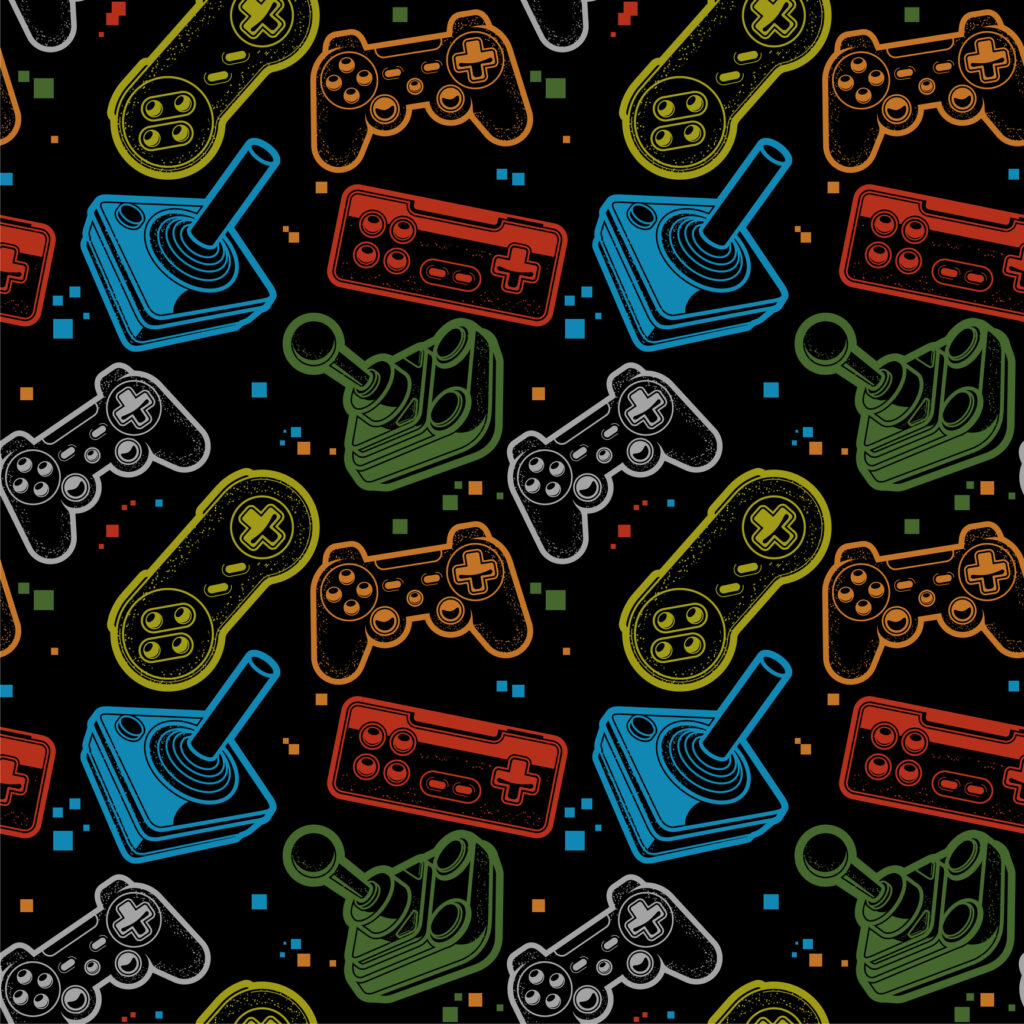
Before any good article comes to life, they all start as an idea. When writing independently, you don’t need the approval of others to begin developing your work. However, when freelancing, each article needs to capture the attention of whatever publication is worthy of your story. For example, with this very piece, I needed to convey to my editor – Hi, Erin! – that Easterseals’ readers would be interested in a feature exploring tips and tricks on how to freelance.
You need to provide samples for editors of your work. Show them why you are the best person to write the specific piece. If I’m pitching a story that deals directly with accessible innovations at studios like PlayStation, I’m going to demonstrate my knowledge on the subject through previous stories. And if you lack an extensive portfolio, utilizing your lived experience, particularly as a disabled individual, is just as important as having written examples.
Marginalized stories are best told by marginalized people. While it is possible for publications to write about disability and accessibility without hiring a disabled freelancer, you can prove to editors that your voice can provide nuance that others may lack. Did a company release a new piece of hardware, and do you have a physical disability? You can use this information to prove to editors that your years of using accessible devices makes you the right person for the job. Portfolios are important, but so is intrinsically understanding how to be disabled in the gaming industry.
Rejection Happens
When writing about subjects like accessibility and the disabled perspective, many publications often struggle to see the newsworthiness of these topics. Despite approximately 25% of the population living with some form of a disability, the nature of stories told about us continues to be framed as inspirational or pitiful. We still struggle to be viewed as confident and independent individuals, often infantilized for the enjoyment of others. And these preconceived notions and stereotypes of disabled people continue to plague the appeal of stories that actively push back against these beliefs. Unfortunately, this consistent uphill battle means publications may deny pitches.
My first freelance piece was published on October 5, 2018. Since then, I’ve published dozens of stories across numerous publications. Yet, for every story accepted, dozens have been rejected. And each reason can vary. From a lack of budgets to timeliness, and even an inability for editors to understand the importance of why certain stories need to be told means that I’m very familiar with rejection. While it’s important to acknowledge that rejection stings, it’s equally important to remember that one “no” does not make you a bad writer. As cliché as it sounds, the best piece of advice I can give is to keep pitching. Sometimes stories aren’t meant to be published, and sometimes it’s possible to save an idea for later, but a rejection is not a reflection of you as a writer.
I’m incredibly proud of the work I’ve done since I entered the professional space in 2019. And for this NDEAM, I’m incredibly thankful that I can continue doing this job I so dearly love. Yet, it’s important to remind others that disabled individuals belong in each space, not just the gaming industry. As we continue to normalize our voices across publications, we deserve a place within the workforce. As accessibility continues to evolve, disabled people need to be front and center to discuss these innovations.
Grant Stoner is a disabled journalist covering accessibility and the disabled perspective in the gaming industry. When not writing, he is usually screaming about Pokémon or his cat, Goomba, on social media.
-
A Look into Disability in Media and the RENEGADES Film Series
Thursday, October 24, 2024, 12:49 PM
By Day Al-Mohamed Welcome to National Disability Employment Awareness Month! So what is this “celeb…
Read this Post By Day Al-Mohamed
By Day Al-MohamedWelcome to National Disability Employment Awareness Month! So what is this “celebration” in October? In many ways, behind the anniversary of the Americans with Disabilities Act (ADA) on July 26th, October has grown to be the second largest disability-focused time period in the year (not including disability-specific days which may hold more significance for individual disabled communities). As per the US Department of Labor, NDEAM is the month where “we celebrate the value and talent workers with disabilities add to America’s workplaces and economy. NDEAM’s purpose is to confirm our commitment to ensuring disabled workers have access to good jobs, every month of every year.” It is a time where companies and businesses are encouraged to support, improve, and celebrate disability in their workplace. Why do we have this? Because disability is still not adequately represented in the workforce. Only 37.5% of the disabled population is employed as compared to 75% of the non-disabled population.
Despite Congress passing the ADA in 1990 and the rise of the disability rights movement, systemic discrimination is built into our processes and policies – in education, housing, healthcare, and most relevant for our conversation today, in employment. It is still legal to pay disabled employees subminimum wages in ‘sheltered workshops’ — a relic of the 1930s allowed by the Department of Labor under the auspices of maintaining employment opportunities for people with disabilities. Perhaps even more devastating in the current era of discussions around diversity, equity, and inclusion (DEI) in the workplace, disability is often forgotten.
The Centers for Disease Control state that 1 in 4 adults in America have a disability, yet nowhere is underrepresentation of the disability perspective more obvious today than in mass media. Film, television, and other media seem to have not embraced disability inclusion in a way that is meaningful. GLAAD’s 2020-2021 study analyzing the overall diversity of primetime scripted series on broadcast networks, “Where We Are On TV,” highlights the fact that only 3.5% of characters have a disability, many played by non-disabled actors, and that network television “severely underrepresents the U.S. population living with disabilities.” A recent USC Annenberg study of the 100 most popular movies of 2019 found that only 2.3% of all speaking characters were depicted with a disability, and nearly half of the films did not include a single character with a disability. While there are no analogous studies for behind-the-camera and those working on films, anecdotal evidence highlights similar disparities in representation.
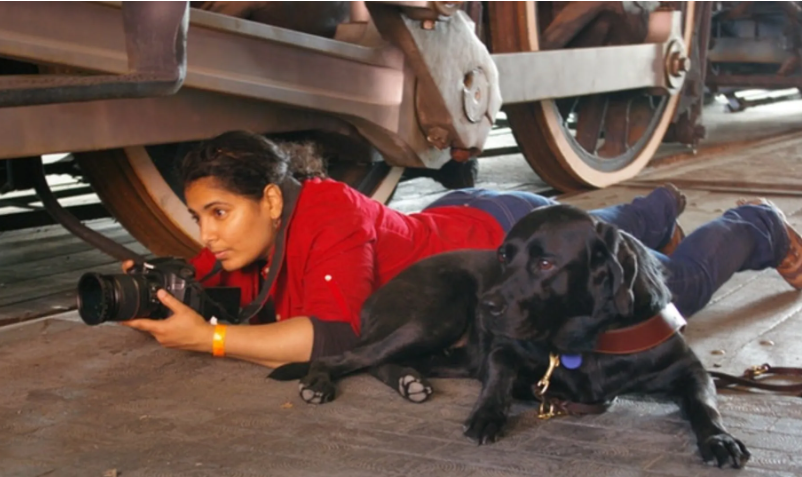
Day on the job.
That is part of the reason that disability was front and center in both the content of our American Masters/PBS series RENEGADES and also in process. RENEGADES is a series of five 10-minute short films designed for an intergenerational digital audience that showcases the lives of little-known historical figures with disabilities, exploring not only their impact on and contributions to U.S. society, but also the concept of disability culture, which honors the uniqueness of disability. Hosted and narrated by the musician and disability rights activist, Lachi, and created and produced by a team composed of more than 90% D/deaf and disabled filmmakers, the series is designed to increase public knowledge of disability, and also use these historical individuals’ lives as keystones to reexamine universal concepts such as identity, community, and normalcy from a disability culture perspective.
Infused with the spirit of the disability movement’s mantra, “Nothing About Us Without Us,” RENEGADES places a focus on authentic storytelling, with a cast and crew that are majority disabled people; and a majority filmmakers of color. Filmmaking is a “team sport” and like disability itself, it isn’t about independence so much as interdependence. Filmmakers with disabilities belong in media as much as any other industry. We believe our film series is proof of that.
In celebration of NDEAM, the RENEGADES short film series will be released on PBS’ website and YouTube channel starting October 1, with a new episode dropping every Tuesday. In addition, we are working with PBS Learning Media to develop curricula to bring a greater understanding of disability and history into classrooms across the country. The films are provided with ASL, Captions, and Audio Description, as well as an accessible transcript.
RENEGADES will feature the following groundbreaking individuals:
Judy-Lynn del Rey: Galaxy Gal – Premiered Tuesday, October 1
Judy-Lynn del Rey (1943-1986) was a woman with dwarfism who revolutionized the world of science fiction by editing and publishing books from sci-fi luminaries such as Arthur C. Clarke, Isaac Asimov, Philip K. Dick, and even George Lucas’ “Star Wars” in novel form. Through her story, RENEGADES shows how science fiction narratives, through their speculative and imaginative nature, offer a more inclusive and equitable lens through which to redefine disability.
Daniel Inouye: Life of Service – Premiered Tuesday, October 8
The first Japanese American to serve in the U.S. Congress, Daniel Inouye represented the State of Hawai’i for more than 50 years. As the first-born son of Japanese immigrants, Inouye’s early life was a balancing act of heritage and identity as an American. During his World War II service, he was injured in battle, resulting in the amputation of his right arm. Following the war and 22 months of rehabilitation, Inouye pivoted into law and public service, first winning territorial seats, then moving up to the U.S. House of Representatives, and then to the U.S. Senate. While also representing Hawaiian interests, his national policy work revolved around civil rights, civil liberties and support for policies that promoted equality for all peoples.
Celestine Tate Harrington: Building A Legacy – Premiered Tuesday, October 15 (Her birthday!)
Born with a condition that left her limbs unusable, Celestine Tate Harrington was a street performer in downtown Philadelphia and on the Atlantic City boardwalk in the 1980s and 1990s who impressed audiences with her skill at playing the electric keyboard with her tongue. When the Philadelphia Department of Public Welfare attempted to take away her infant daughter, claiming that Harrington was physically incapable of caring for a child, she successfully defended her right to parent. In the courtroom, Tate Harrington demonstrated her skills – dressing and undressing her daughter, and changing her diaper, using only her lips, teeth, and tongue – and retained custody. She used the limited preconceived notions of others to prove that she was capable of raising a family and breaking the cycle of poverty.
Thomas Wiggins: Composing the Future – Premiered Tuesday, October 22
A composer and pianist known as the greatest musical prodigy of his time, Thomas Wiggins was blind from birth. Some contemporary sources have also noted behaviors that indicate he also had autism. Born into slavery, Wiggins was the first African American to perform at the White House and toured throughout the U.S., South America and Europe. The Emancipation Proclamation went into effect in 1863, but Wiggins was put under a conservatorship, and fought over in the courts as property – perpetual bondage until his death.
Brad Lomax: Creating Communities of Care – Premieres Tuesday, October 29
A civil rights and disability rights leader who had multiple sclerosis and used a wheelchair, Brad Lomax was a member of the Black Panther Party and founder of the East Oakland Center for Independent Living. He was a key protester during the historic 26-day sit-in of 1977 at the Federal Building in San Francisco, which demanded the federal government enforce regulations to prohibit discrimination of people with disabilities.
You can read more about the series in the Press Announcement, or you can check it out in more detail at the PBS website.
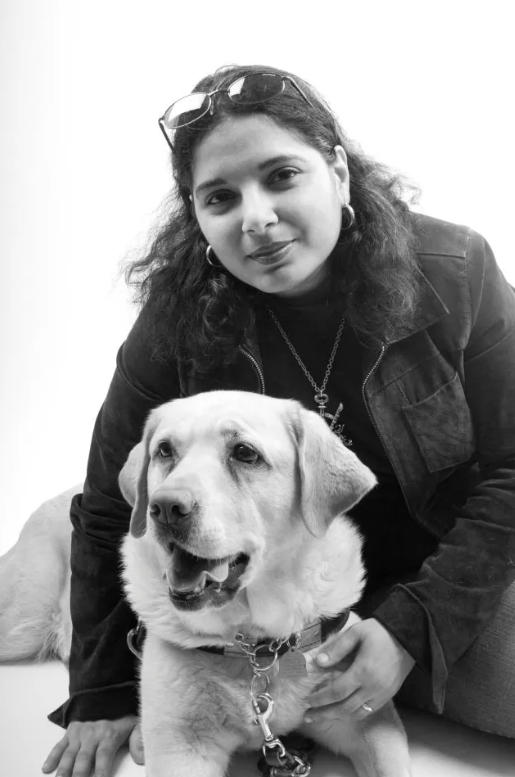 Day Al-Mohamed is an author, filmmaker, and disability policy advisor. Day has written two novels, “Baba Ali and the Clockwork Djinn” and more recently, “The Labyrinth’s Archivist” as well as multiple short stories and articles. She is a regular host on Idobi Radio’s Geek Girl Riot with a weekly audience of 100k+ listeners and a Founding Member of FWD-Doc (Documentary Filmmakers with Disabilities).
Day Al-Mohamed is an author, filmmaker, and disability policy advisor. Day has written two novels, “Baba Ali and the Clockwork Djinn” and more recently, “The Labyrinth’s Archivist” as well as multiple short stories and articles. She is a regular host on Idobi Radio’s Geek Girl Riot with a weekly audience of 100k+ listeners and a Founding Member of FWD-Doc (Documentary Filmmakers with Disabilities).Her documentary, THE INVALID CORPS, about disabled Civil War soldiers, was licensed to Alaska Airlines and had its broadcast premiere on public television in 2020. She is currently working on a docu-series, RENEGADES, of role-breaking disabled leaders in history for American Masters/PBS digital (October 2024) and is a proud producer of feature documentary UNSEEN (POV, 2024). Day was named a DOC NYC 2021 Documentary New Leader, was part of the NBC 2022 Original Voices Fellowship class, and awarded a Disability Futures Fellow grant in 2024.
Outside of her creative work, Day is a policy expert with over 15 years of experience. The former White House Director of Disability Policy, she is a proven leader in inclusion and accessibility, policy development, organizational transformation, and innovative program design. Day lives in Washington DC with her wife, N.R. Brown, daughter Octavia, and guide dog.
-
My Experiences Before and After Getting Hearing Aids
Friday, October 18, 2024, 11:29 AM
By Rikki Poynter In August 2021 at 30 years old, I got my first pair of hearing aids after being dia…
Read this PostBy Rikki Poynter
In August 2021 at 30 years old, I got my first pair of hearing aids after being diagnosed with hearing loss at 11. Why didn’t I get them when I was 11? I qualified for them, but they were too expensive. I don’t know the average cost of hearing aids back in 2002, but now in 2024, the average cost is $4,000 for a pair. With only one income in the household, a truck driver’s salary, there was no way we could afford them. And unfortunately, most insurance companies tend to not pay for them.
(This is also partially due to the fact that when it came to my accessibility needs, they were ignored. My parents, even my deaf mother, did not put in the effort to learn what I needed and give me the tools to know what I needed as well.)
I grew up with zero additional accommodations for my deafness. In school, I had to go through class without ASL interpreters and notetakers. I had to watch films and documentaries in school with captions. I had to participate in reading aloud in English class without any way of knowing for sure where we were on the page. My grades suffered and I graduated from high school with a 2.6 GPA.
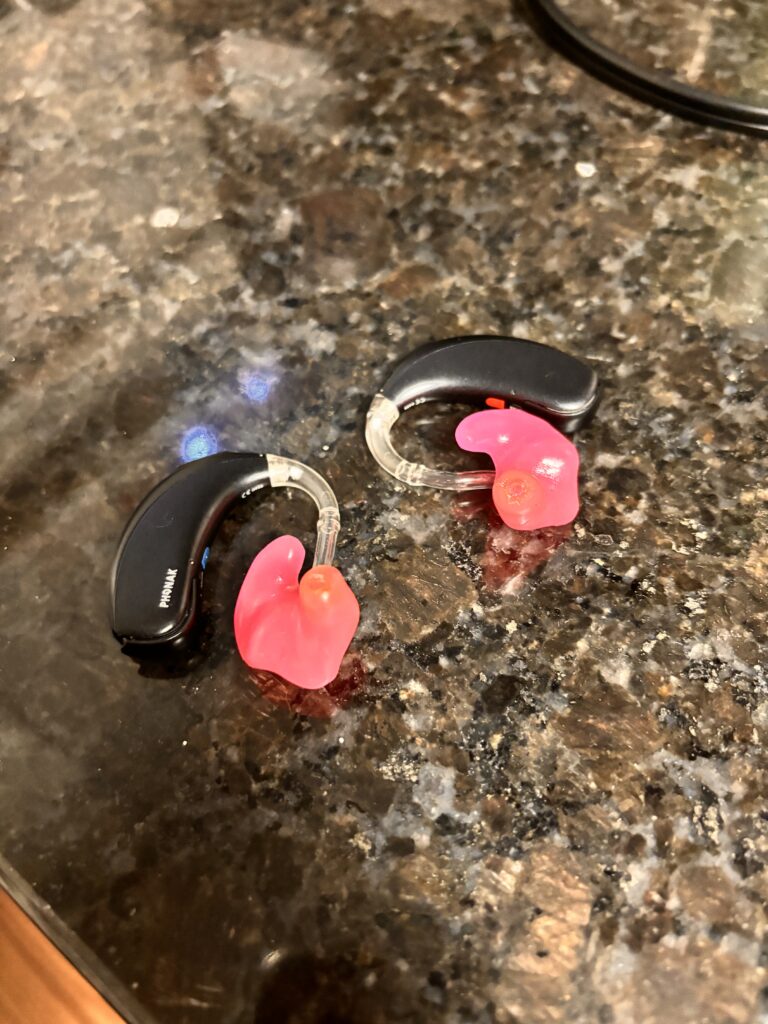 My social life took a hit. One-on-one socialization was okay, but being in a group setting was difficult. Being in two relationships with hearing men and going to family dinners where none of them signed (except for my first ex-boyfriend) meant experiencing Dinner Table Syndrome, where a deaf person is surrounded by hearing people who don’t know sign language and put little effort into equal communication which causes the deaf person to miss out on conversation.
My social life took a hit. One-on-one socialization was okay, but being in a group setting was difficult. Being in two relationships with hearing men and going to family dinners where none of them signed (except for my first ex-boyfriend) meant experiencing Dinner Table Syndrome, where a deaf person is surrounded by hearing people who don’t know sign language and put little effort into equal communication which causes the deaf person to miss out on conversation.As the years went by and my hearing loss became more progressive, it was becoming more difficult to do my work. I’ve been a content creator for over a decade and I speak in most of my videos. I edit my own videos, and for a few years, I had a company who would sponsor my captions. Unfortunately, that eventually ended, and I had to do the captions myself. Editing, and especially captioning, was becoming too difficult as no headphones were good enough for me to be able to understand myself. My speaking engagements on my own or at conferences were fine with the help of an ASL interpreter and captions, but once they were off the clock and it was time for the social events, I was left on my own. Attempting to lip read people while extremely loud music is playing on top of a few alcoholic drinks especially was practically impossible.
Then around April 2021, I learned about Vocational Rehabilitation Services (VR), an organization that aids disabled people in preparing for and finding a job. My friends have told me that they’ve received various things from them for their schooling and businesses like iPads, video phones, laptops, and, of course, hearing aids. So I sent in an email and crossed my fingers.
After a few months of going over my business, finances, a new audiogram, and waiting to be approved, I was fitted for and then received my hearing aids the following August, all for free.
Getting them activated was definitely an experience. I went from barely being able to hear anything at all to suddenly being bombarded with loud voices in a matter of seconds. Hearing people are used to seeing edited videos of babies and adults smiling and crying upon hearing aid and cochlear implant activation. My experience, however, was pretty neutral. “Oh, wow. That’s loud.” I didn’t cry tears of joy like the people in the videos.
(For the record, I’ve nothing against the people in the videos and their emotions are valid. I, as many others, question hearing people’s reaction to them when they’ve only seen one experience. An experience that is edited and doesn’t show the whole picture.)
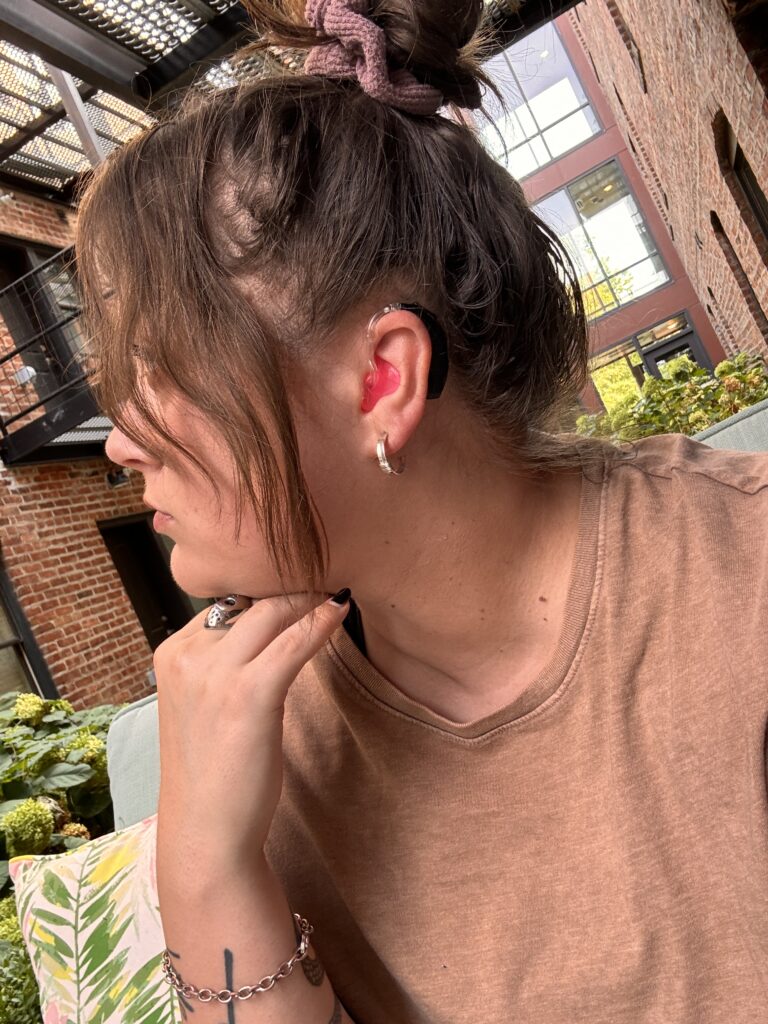 My hearing aids are the Phonak Naida P50 with black hardware and pink earmolds. (I’m slightly kicking myself for not getting black earmolds now.) They have Bluetooth, something I absolutely needed for work. I could stream my entertainment and my work content directly into my ears and I understood so much more than when I was using headphones and AirPods. When I finally figured out that I could connect them to my iMac, it changed the editing game for me. And even better, I got to take extra joy in my third rewatch of One Tree Hill.
My hearing aids are the Phonak Naida P50 with black hardware and pink earmolds. (I’m slightly kicking myself for not getting black earmolds now.) They have Bluetooth, something I absolutely needed for work. I could stream my entertainment and my work content directly into my ears and I understood so much more than when I was using headphones and AirPods. When I finally figured out that I could connect them to my iMac, it changed the editing game for me. And even better, I got to take extra joy in my third rewatch of One Tree Hill.My social life became easier, especially having moved to Omaha last year. The downside is that it does feel like I have to hold the burden of making communication easier for the person I’m talking to rather than the other person trying to make it an equal effort, which is how it was before getting the hearing aids.
Editing and captioning my work is so much easier. It’s not perfect and I still struggle to understand myself sometimes especially if I’m not talking directly to the camera, but it is a drastic improvement compared to five years ago. I can get around better at networking during events. It’s still difficult to understand everything if I’m at a panel or workshop, so I still request ASL interpreters for that.
While there has been a drastic change for the better, that doesn’t mean they’re perfect. I still can’t make regular phone calls. I still have to use an IP relay (think TTY, the typing telephone, but online). I still have to use captions while watching online content. I still need captions when going to the movie theater and watching TV.
Getting over my nerves and taking a chance with VR is by far one of the best decisions I’ve made in my life. I know my life wouldn’t be the way it is now had I not gotten them, which is an unfortunate thing to say, but it’s true.
But what I want people reading this to know is that hearing aids and cochlear implants are a big personal decision. Some of us want them, some of us don’t. Some of us qualify for them, some of us don’t. Sometimes they work for us, and sometimes they don’t work at all. Everyone is different and just because my experience has been a good one, doesn’t mean it’ll be the same for the next deaf person one comes across.
Rikki Poynter is a disabled (deaf, chronic pain and fatigue) accessibility consultant, writer, public speaker, and content creator. Originally a beauty vlogger on YouTube, she moved onto talking about her journey growing up as a mainstreamed deaf person trying to find her deaf identity and community all while trying to navigate an inaccessible world. Since 2013, she has talked about making the Internet accessible to deaf and hard of hearing people with captions, transcripts, and more. Her work has gotten the attention of many news outlets and she has worked with Apple, FireFox, Samsung, Google, and more.
Let's Keep in Touch
Don't miss out on exciting news, helpful resources, and impactful stories delivered to your inbox each month.
Join Today
